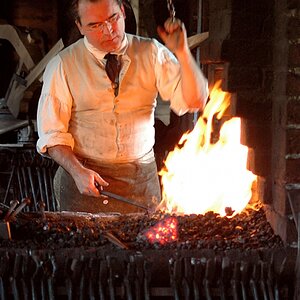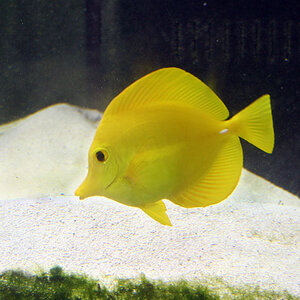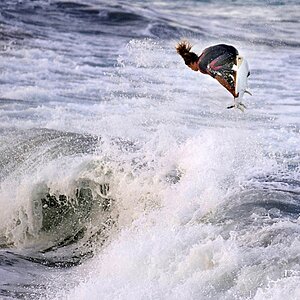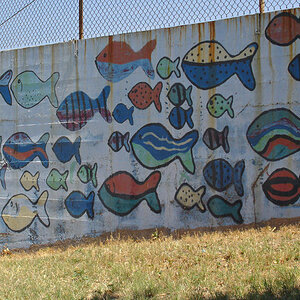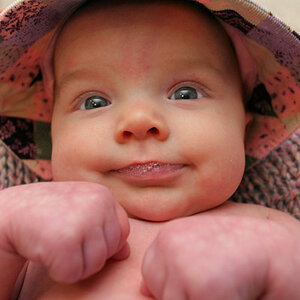snapsnap1973
TPF Noob!
- Joined
- Jan 18, 2013
- Messages
- 147
- Reaction score
- 4
- Location
- Portland, Maine
- Can others edit my Photos
- Photos NOT OK to edit
Hi.
I was inside today under incandescent lights and was fooling around with my Sony Cybershot DSC-H20 (not the best camera, but I'll be getting a better one soon). I'm new to photography and really know very little.
Anyways, I noticed a few things while "fooling around".
1. I noticed that my lcd screen gets lighter and darker depending on what I set my shutter speed or f-stop to. Depending on my camera's zoom, I only can choose between two f-stops anyway. For example at full wide I can only choose either F8 or F3.5 I think.
2. I noticed that as I set the ISO number higher (3200 is max for my camera) that my screen gets lighter and I can select a higher shutter speed.
3. Why can't I set a shutter speed like "2000" indoors without getting a black screen?
4. Is the screen getting lighter or darker a "direct" result of the sensor or is it merely a "graphical" representation of what the picture would look like if I were to shoot as those particular settings?
As an example I did:
I set ISO to 400 indoors under incandescent lighting.
I selected F3.5 fstop
I had to put shutter speed at "20" to get 0EV.
I've got a couple questions:
1. What would be the advantage of selecting "F8" instead of F3.5 in the above case?
2. I'm assuming that "20" means 1/20th of a second. If I were to want to film "fast action" and wanted to say set my camera to "2000" shutter speed, would I consequently have to bring up the ISO to get enough light indoors?
I was inside today under incandescent lights and was fooling around with my Sony Cybershot DSC-H20 (not the best camera, but I'll be getting a better one soon). I'm new to photography and really know very little.
Anyways, I noticed a few things while "fooling around".
1. I noticed that my lcd screen gets lighter and darker depending on what I set my shutter speed or f-stop to. Depending on my camera's zoom, I only can choose between two f-stops anyway. For example at full wide I can only choose either F8 or F3.5 I think.
2. I noticed that as I set the ISO number higher (3200 is max for my camera) that my screen gets lighter and I can select a higher shutter speed.
3. Why can't I set a shutter speed like "2000" indoors without getting a black screen?
4. Is the screen getting lighter or darker a "direct" result of the sensor or is it merely a "graphical" representation of what the picture would look like if I were to shoot as those particular settings?
As an example I did:
I set ISO to 400 indoors under incandescent lighting.
I selected F3.5 fstop
I had to put shutter speed at "20" to get 0EV.
I've got a couple questions:
1. What would be the advantage of selecting "F8" instead of F3.5 in the above case?
2. I'm assuming that "20" means 1/20th of a second. If I were to want to film "fast action" and wanted to say set my camera to "2000" shutter speed, would I consequently have to bring up the ISO to get enough light indoors?


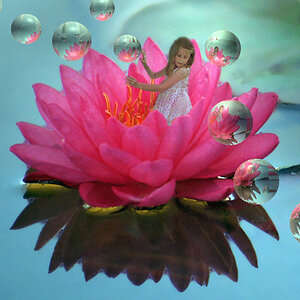

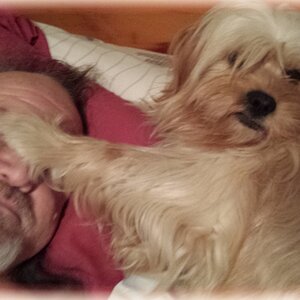
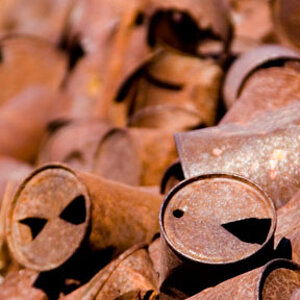
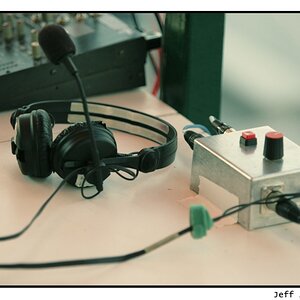
![[No title]](/data/xfmg/thumbnail/33/33023-51777cffdd160249e68e593d19942418.jpg?1619735835)
